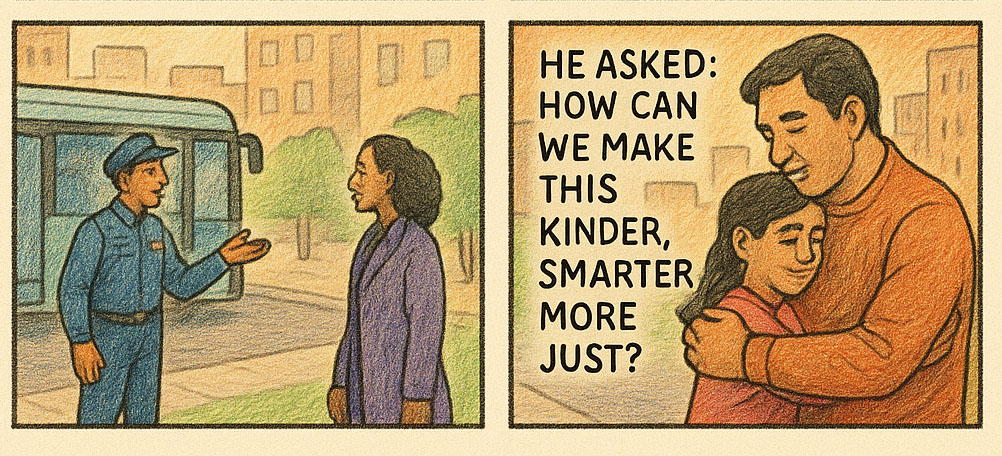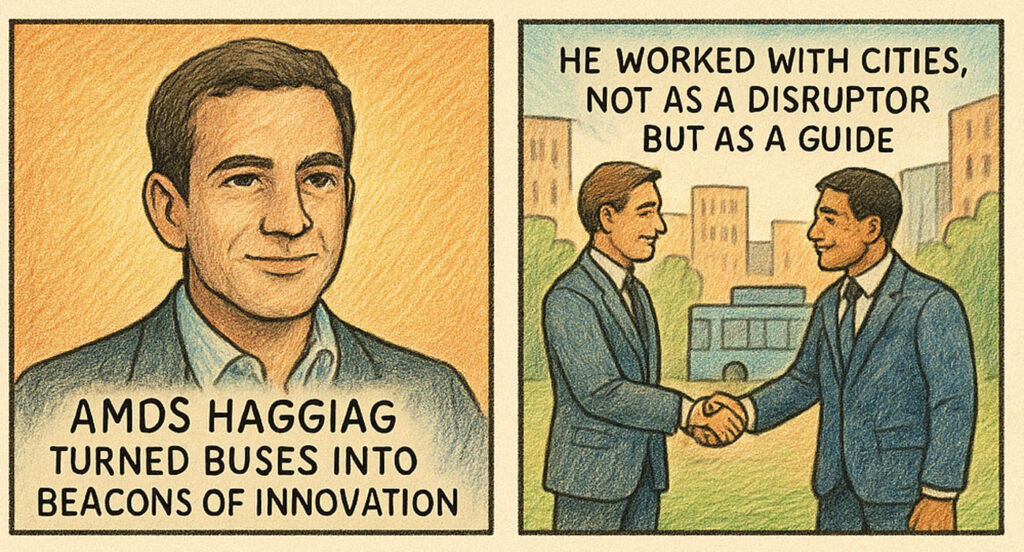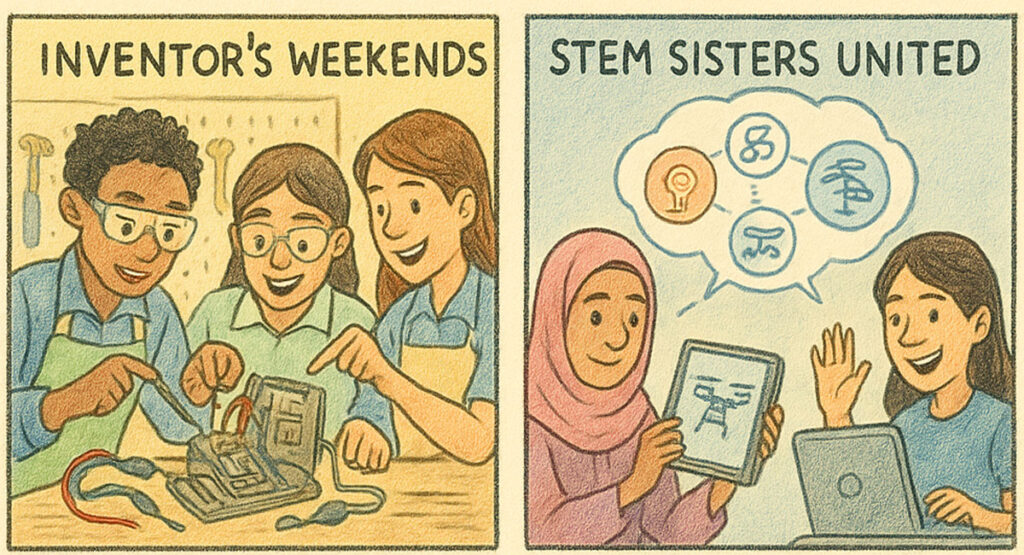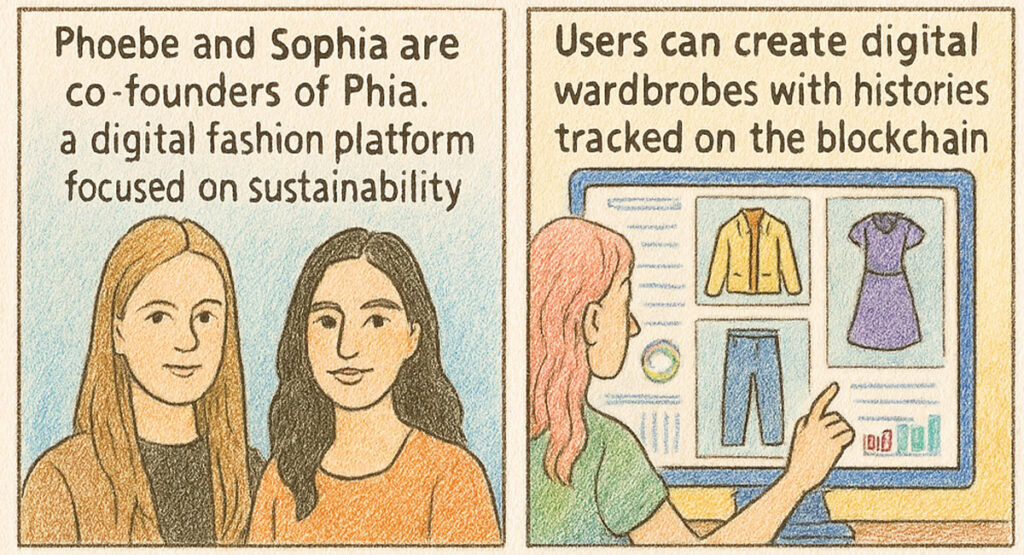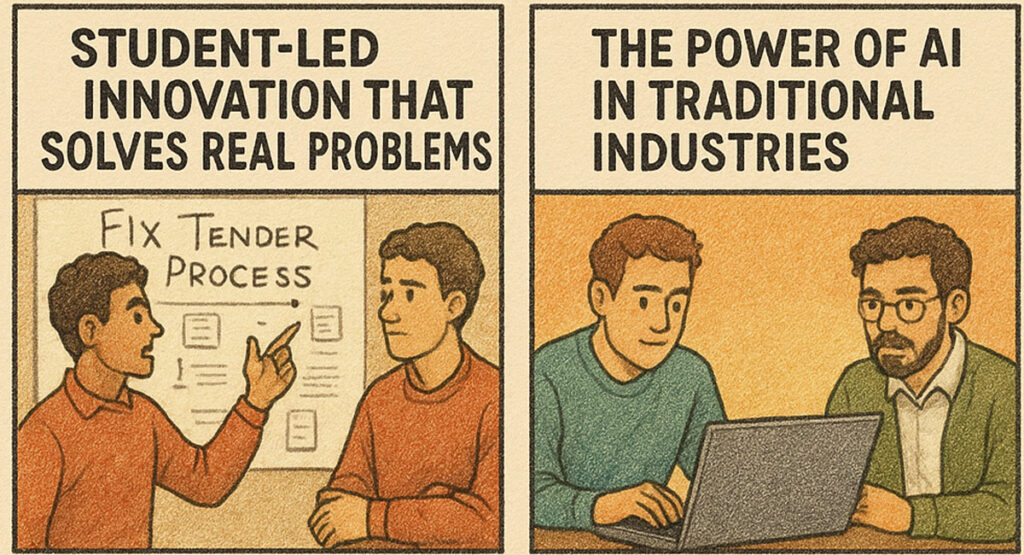Amos Haggiag is a name that’s becoming synonymous with the future of smart cities. As the co-founder and CEO of Optibus, he stepped into a centuries-old industry—public transportation—and rewrote the playbook using the most modern tool at his disposal: artificial intelligence. But what makes his journey stand out isn’t just the use of cutting-edge tech. It’s the deep understanding that public transportation isn’t merely about buses and timetables. It’s about people—millions of them—who rely on a dependable ride to work, school, and family. Amos set out to serve them better.
The vision behind Optibus didn’t begin in a boardroom filled with whiteboards and suits. It began with a simple realization: public transit is broken in many parts of the world. Schedules are inefficient. Drivers are overworked. Passengers are left waiting too long or missing connections. In many cities, decades-old software and manual planning were still running the show. But Amos believed something better was possible—and necessary.
With a background in mathematics, computer science, and deep systems knowledge, he knew that modern technology could offer a smarter way forward. So, he built a platform powered by artificial intelligence and cloud computing, one that could ingest massive datasets from cities, transit agencies, and operators—and generate more efficient, real-time scheduling and route planning. This wasn’t just about improving margins. It was about making buses run on time, helping drivers get balanced shifts, and making urban life smoother for everyone.
Optibus became more than a software company. It became a movement for reimagining mobility.
Under Amos’s leadership, Optibus grew from a bold idea into a global force, adopted by transit agencies and operators across the world—from bustling metropolises to smaller regional towns. Cities began to notice measurable improvements. Carbon footprints dropped as routes became leaner. Commute times improved. Budget overruns shrank. But perhaps the most powerful transformation was invisible: the quiet dignity restored to a daily commuter who could now rely on their ride being there—on time, every time.
Amos’s drive wasn’t fueled by the glamour of technology alone, but by empathy. He cared deeply about the unseen mechanics of urban life—the early-morning nurses heading to hospitals, the teachers rushing to classrooms, the single parents getting their kids to daycare. For him, optimizing transportation wasn’t just a technical problem. It was a human one.
He built Optibus as a tool to democratize access to better cities. It wasn’t just about data—it was about trust. Every algorithm, every schedule it created, every prediction it made, carried a responsibility. It had to work in the real world. It had to make life smoother, not just faster. That was the ethos Amos instilled into every part of the company.
Along the journey, there were challenges. Changing how an entire industry operates is never easy. There were skeptics, outdated systems, and bureaucracies frozen in time. But Amos met each hurdle with a combination of patient determination and restless innovation. He didn’t just talk about transformation—he engineered it.
Today, Amos Haggiag stands as a leading voice in urban innovation. He’s helping governments, transit leaders, and technologists reimagine how cities move. And through it all, he remains grounded in the mission: to make public transportation smarter, fairer, and more human.
Optibus is no longer a startup—it’s a global operating system for mobility. And at the heart of it is a man who looked at buses not just as vehicles, but as vessels of possibility. Through intelligence, compassion, and a relentless focus on the everyday user, Amos Haggiag has changed the rhythm of cities—one route at a time.
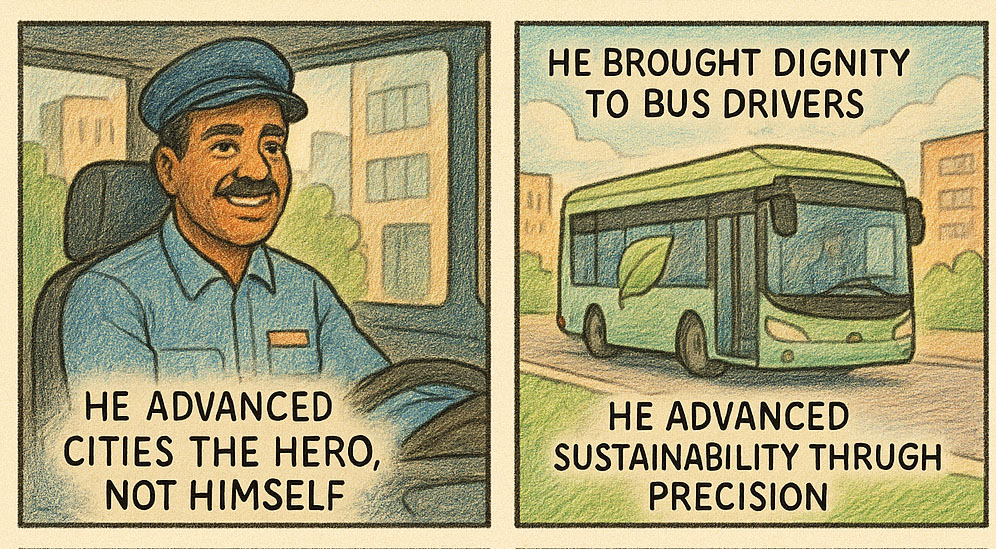
Amos Haggiag’s journey with Optibus is just the beginning of a much larger conversation—one that touches on the soul of our cities, the urgency of climate action, and the power of everyday innovation. Beyond his role as a CEO, he embodies a mindset that dares to question the status quo and reprogram the world for good.
One of the most inspiring aspects of Amos’s mission is how he turned buses—often seen as outdated or overlooked—into beacons of innovation. In a world obsessed with shiny new things like self-driving cars and flying taxis, he focused on the real workhorse of urban life. He brought intelligence to the backbone of the city, proving that you don’t need to build something new to make something better—you just need to see it differently.
Amos also challenged the idea that public systems had to be slow to change. Through Optibus, he demonstrated that even in government-run operations with tight budgets and heavy regulations, transformation was not only possible—it could be fast, scalable, and deeply impactful. He worked hand-in-hand with city officials, not as a disruptor, but as a trusted guide. His approach was collaborative, respectful, and visionary, empowering others to lead change within their own ecosystems.
He introduced a whole new level of dignity for drivers. Traditional route planning systems often neglected the human side of the workforce—drivers burdened with unfair shifts, erratic schedules, and burnout. Amos insisted that the system must be optimized not just for efficiency, but for people. He believed that a sustainable city starts with a happy driver. Optibus included tools that made their lives better, from smarter shift assignments to more predictable routines—turning invisible heroes into respected professionals.
His vision also made space for a powerful idea: sustainability through precision. By helping cities use fewer buses more efficiently, by reducing fuel usage through smarter routing, and by encouraging electric fleet planning, Amos showed that sustainability isn’t a lofty dream—it’s a practical, data-driven goal. The climate movement gained a subtle but mighty ally in Optibus.
What makes his story truly magnetic is that Amos never positioned himself as the hero. He made the cities the hero. The transit managers. The drivers. The riders. He built tools to help them shine. That humility—paired with technical brilliance—is a rare and inspiring combination.
He also redefined what it means to be a tech founder. Instead of chasing headlines, Amos chased outcomes. While others built apps that entertained, he built infrastructure that empowered. While others scaled fast for profit, he scaled thoughtfully for impact. His legacy is not in code, but in the hum of a well-timed engine, the sigh of a relieved commuter, the quiet joy of a parent arriving home just a little earlier.
Amos Haggiag invites us to dream bigger—not by building new things out of thin air, but by looking at what’s already around us and asking: How can this be better? Kinder? Smarter? More just?
And in that question lies a spark that can light up the future of every city.
